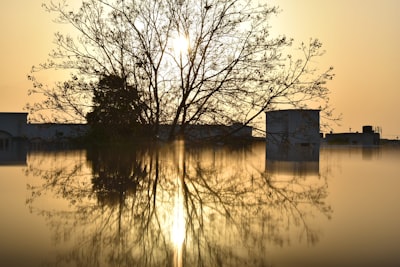Summary
A catastrophic flash flood in Texas has left at least 51 dead, including 15 children, and devastated two long-standing all-girls' summer camps along the Guadalupe River. The victims named so far – including young campers like Renee Smajstrla, Sarah Marsh, Janie Hunt, Lila Bonner, Blair and Brooke Harber; adult leaders Jane Ragsdale and Richard Eastland; and community members Julian Ryan and Katheryn Eads – each illuminate the breadth and depth of the tragedy. Camps Mystic and Heart O’ the Hills, both with deep roots stretching back generations, became epicenters of mourning, resilience, and profound loss. Families and communities now grapple with the emotional and practical aftermath, while rescue and recovery efforts continue.
Analysis
This event highlights the devastating power of nature and the vulnerability of even well-established institutions. The fact that nearly a century-old summer camps, central to Texas’s community life, became scenes of such horror prompts urgent questions: Could this have been foreseen? Were risk protocols and evacuation procedures adequate, especially in areas known for periodic flooding? Climate change, in the form of more intense and unpredictable weather, is not mentioned directly but hovers as a likely underlying factor.
There is a marked focus on individual stories, drawing attention to the personal and communal heartache rather than the technical or political dimensions of disaster response. While this humanizes the tragedy, there is less analysis of wider systemic factors—such as land management, emergency infrastructure, and the allocation of resources for ‘low-probability, high-impact’ events. The article mentions the faith-based ethos of the camps, indirectly underlining how communities seek meaning and solace in the face of disaster, yet doesn’t delve into how those same traditions respond to crisis.
It’s also worth noting what the reporting omits: there is little explicit discussion of the wider economic impact, the role (or absence) of local and federal authorities, or specifics about policy responses. In focusing on victims and their legacies, the coverage both honors memory and risks under-examining policy failures or opportunities for reform.
Discussion
Why does this story resonate so profoundly? At its core, it’s about the loss of young potential and the shattering of safe spaces. Camps like Mystic and Heart O’ the Hills are more than mere summer getaways; they are intergenerational sites of identity, values, and aspiration. The deaths of community pillars like Jane Ragsdale and Richard Eastland ripple outward, affecting hundreds who passed through their care.
The recurrence of such disasters, from Katrina to this latest Texas flood, challenges us to reckon with the increasing unpredictability of the natural world. Are we as a society adapting safety measures quickly enough for a climate-changed future? Moreover, when tragedy strikes, which voices are centered—is it the children, the caretakers, the officials, or the systems responsible for their safety? The article’s deeply personal focus invites empathy, but also raises questions: Are these tragedies becoming normalized? What concrete steps can be taken to honor the dead through meaningful change rather than only by remembrance?
Anyone invested in community, youth development, and disaster policy should pay close attention. The Texas flood is a microcosm of larger societal risks: the challenge of protecting our most vulnerable, the need for holistic emergency planning, and the role of shared grief in forging community resilience. Let this be not just a story of loss, but a prompt for necessary action.

Comments
No comments yet. Be the first to comment!